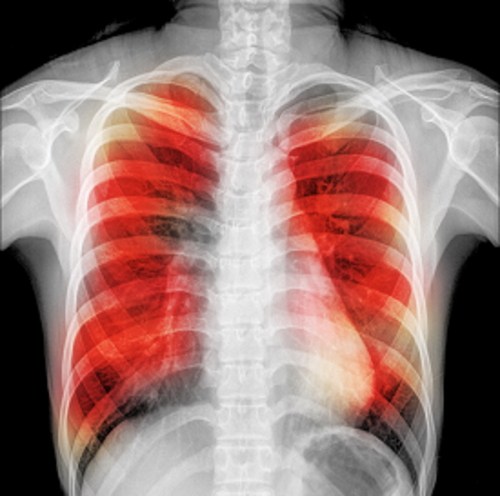Researchers have identified a new route of entry that Mycrobacterium tuberculosis infects the body through, that could have significant implications for the development of new therapies to prevent tuberculosis infection.
A new study, published in Cell Reports, found that once the bacteria are inhaled, they can enter the body directly through microfold cell (M-cells) translocation and not just through inhalation and subsequent infection of the alveolus. M-cells are specialized epithelial cells that transport particles from the airway or mucosal surface to the compartment below the cell.
Researchers found that the bacterium could enter the body through the M-cells lining the airway tissue and then travel to the lymph nodes and beyond, suggesting that disease onset is possible outside of alveolar macrophages. Potential clinical applications of the team’s findings may involve the development of new therapeutic methods or drug treatments that specifically target the prevention of Mycrobacterium tuberculosis from entering M-cells.
Research team leader and Assistant Professor of Internal Medicine and Microbiology at UT Southwestern, Dr Michael Shiloh, believes the discovery of this mode of infection helps to explain an ancient diseases called scrofula, where tuberculosis infection rarely appears in the lung but instead caused disease in the lymph nodes of the neck. Dr Shiloh hopes that unlocking the mechanisms of infection “would allow for targeted blockade of bacterial transport via vaccinations or medications, which could ultimately lead to new ways to prevent or treat airway infectious diseases.”





